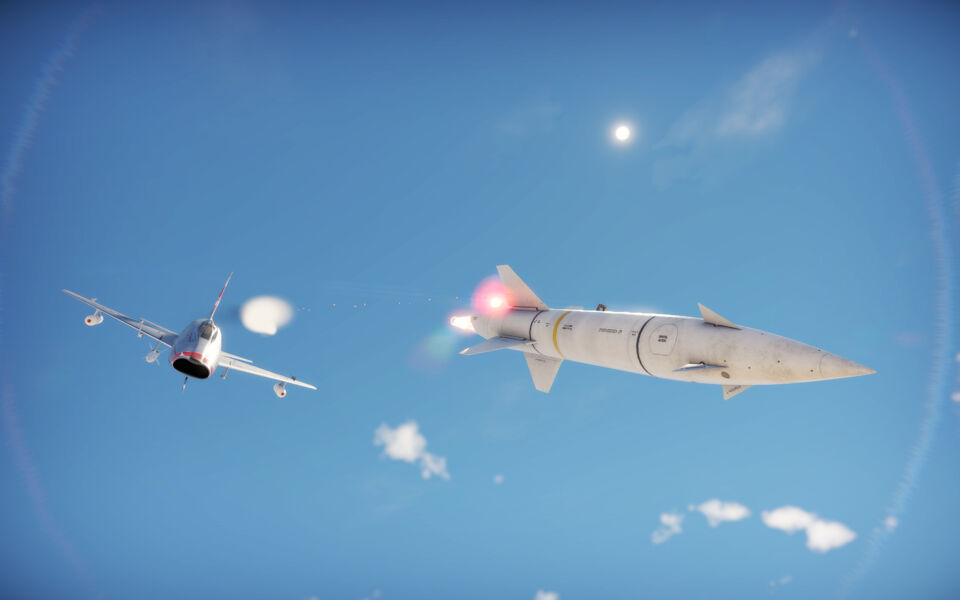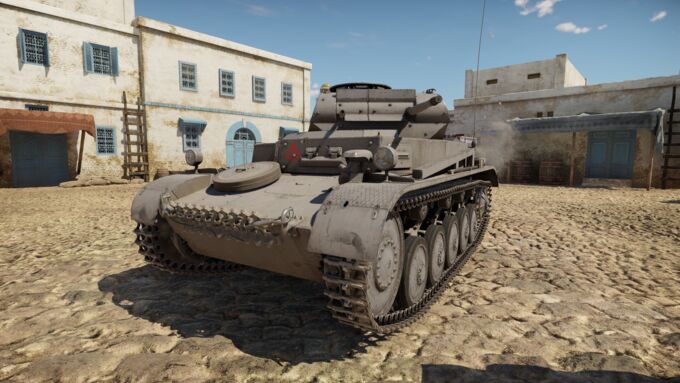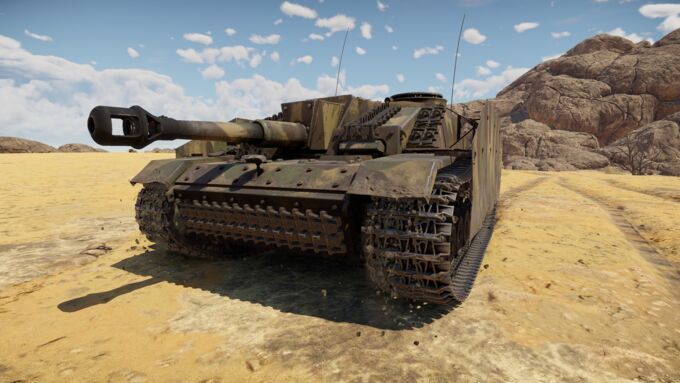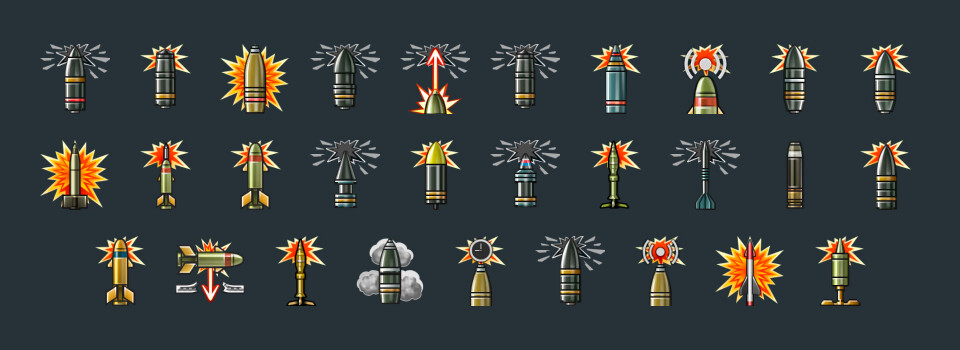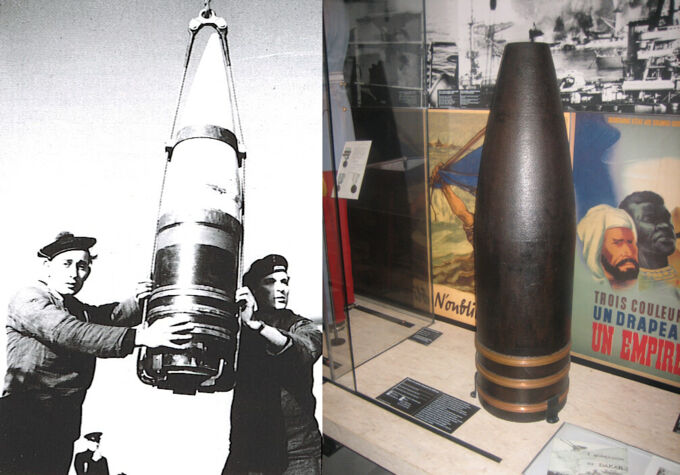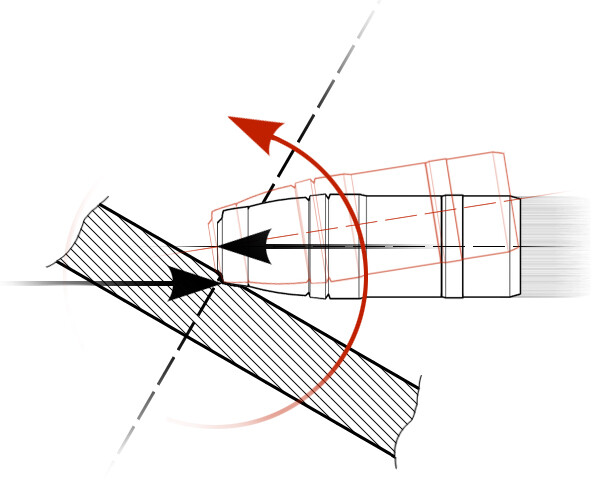Ammunitions
The AGM-12B, also known as the ASM-N-7A or more recognizably the Bullpup, was the world's first mass-produced precision guided Air-to-Ground munition. A fairly large warhead size and its MCLOS guidance give many U.S. vehicles the tools to engage SPAAs at range, at a BR where proximity fused shells and surface-to-air missiles start becoming increasingly lethal to aviation. While they may not be as advanced as Walleyes and Mavericks, which are autonomously guided, a good pilot can easily match them in accuracy with precise manual guidance against even the fastest moving targets.
The effect of high explosive munitions is a complex process made up of several components: the shock wave, brisant effect and fragment spray. In Update 2.5 "Ixwa Strike", the entire modeling system was radically overhauled for greater authenticity and accuracy, replacing the previous “hull destruction” mechanics.
This article is about the history of the 2 cm guns using the 20×138mmB Rheinmetall ammunition, primarily the 2 cm KwK/Flak 30/38 L/50/65. It also covers usage by other nations represented in-game, such as Italy with Breda and Scotti guns, and includes a minor guide. The ammo and guns were the smallest mainstay unit of dual-purpose AA/AT guns, starting in the late 1920s and actively used and improved until 1945. These guns were used as infantry super heavy machine guns (Überschwere MGs), tank armaments (KwK), as well as infantry and vehicle AA guns (Flak).
This guide is about the history to the 10,5 cm StuH 42 L/28. These guns were the mainstay of the German Army, from prewar till the very end. With performance upgrades along its life, it was effectively used in a multitude of roles such as direct support/assault artillery fire and counter artillery. The close up field support was effective against structures, infantry and tanks using a wide array of ammo types. It was only late in the war to be replaced by longer barreled variants such as L/30 and L/35. Being a formidable gun both in-game as well as IRL. It was used on all fronts, upgraded over time and used by multiple nations.
Throughout the past century of tank development, a large range of ammunition types have been produced and seen combat. As time progressed, technology improved and rounds also improved in terms of lethality, accuracy and ballistic performance. Despite this, most rounds can be categorised under one of two primary categories: kinetic rounds and chemical rounds; and further under a variety of subcategories.
The 36 cm/45 Type 41 is a Japanese 356 mm naval cannon commonly found on many of the nation’s battleships. It is a highly capable primary gun, often able to eliminate enemy destroyers or light cruisers with a single broadside. It also offers a wide selection of ammunition and a few slightly different turret designs.
French 203 mm/50 model 1924 was used by the French heavy cruisers during the Second World War, most notably Colbert and Dupleix. It came equipped with SAP and HE shells, with the latter having a very large explosive filler compared to the SAP shell but poor penetration, while the former having just slightly larger explosive filler than SAP but offering a contact fuse, which might be preferable under some circumstances. Lacking a dedicated AP shell, it struggles to deal with heavily armoured cruisers.
In this guide is about the 7,5 cm KwK and StuK 37 L/24 (as well as modernized K.51). The gun was a prewar development of a compremise of firepower to size. Duo to its size and weight, as well as ammo development put it in a role of multipurpose on a great amount of different vehicles, used prewar till the very end.
Contrary to public belief, the 330 mm OPf Mle 1935 shell was not classified as a Semi-Armor Piercing type of ammunition. Historically, the Dunkerque class was designed to counter ships like the Graf Spee, which were lightly armored compared to other capital ships. One theory suggests that the 330 mm OPf shell was designed as SAP to fulfill this purpose. There are currently two claims that attempt to support the classification of the 330 mm OPf shell as SAP: the burster cavity was too large and the hardened cap was too thin compared to typical AP shells. However, additional historical and technical context disproves these claims and instead suggests that the 330 mm OPf shell was designed as AP. The historical context will be first established before addressing each of these claims.
